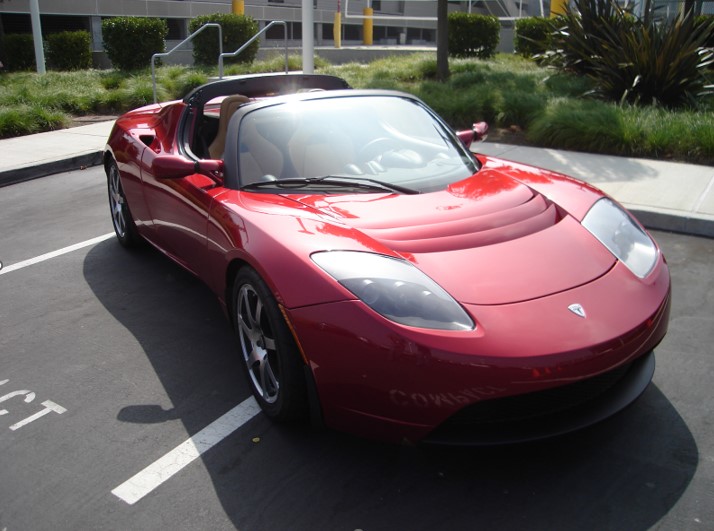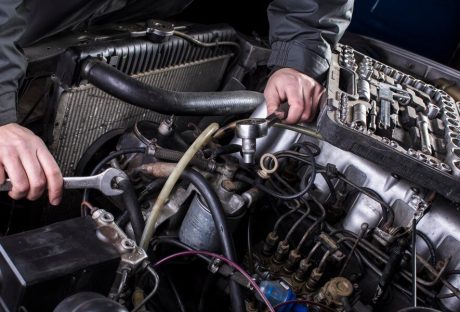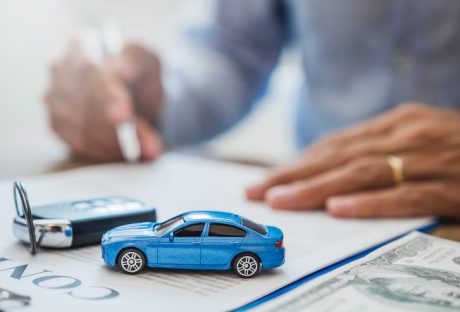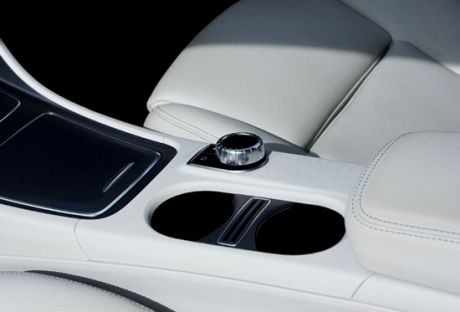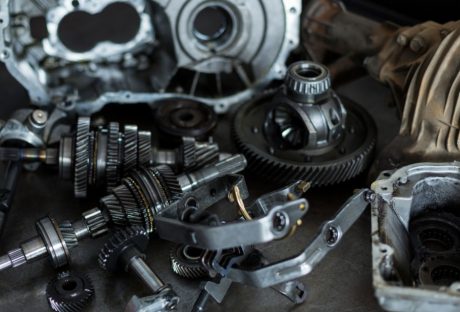As we know, Elon Musk, the enigmatic entrepreneur and visionary behind companies such as Tesla, SpaceX, and Neuralink, is famous for his relentless pursuit of innovation, which enables him to push the boundaries of technology. As an extraordinary individual and one of the most influential figures in business, it’s natural to wonder which vehicle models Elon Musk prefers to drive. Does he prioritize practicality or luxury? Let’s take a peek inside the businessman’s garage and explore the fascinating vehicles that he chooses to drive.
Tesla Roadster
Let’s start with the incredible Tesla Roadster, a true technological and design marvel. This model is the first all-electric sports car to hit the road. So, it’s not a surprise that Elon drives this vehicle often.
The Roadster’s specs also deserve special attention. While the first version of this electric sports car was released in 2008, the most recent configuration, released in 2022, is truly an engineering masterpiece in the automotive world. Along with a sleek design that makes this vehicle a stunning embodiment of elegance on wheels, it also has an astonishing acceleration time of 1.9 seconds from 0 to 100 km/h (0-60 mph)! The electric motor produces 10,000 Nm of torque, allowing for a top speed of more than 250 mph (400 km/h). What truly distinguishes the Roadster is its incredible range, reaching up to over 620 miles (1,000 km) on a single charge.
Porsche 911

Beyond his electric vehicle ventures, Elon Musk has also been spotted driving a Porsche 911, a legendary sports car known for its timeless design and exhilarating performance. This vehicle delivers an exceptional driving experience with its impressive specifications and features. Boasting a timeless design, the 911 combines elegance and aerodynamic efficiency. Under the hood, it offers a variety of powerful engines, ranging from the 3.0L option with up to 450 hp to the 4.0L motor with 520 hp.
The Porsche 911 stands as a symbol of automotive excellence, combining timeless design, powerful performance, advanced technology, and a luxurious driving experience. This car continues to captivate enthusiasts and embody the spirit of Porsche’s dedication to engineering mastery.
Tesla Model X
Here we have one of the world’s first electric crossovers that combines both sporty performance and family comfort. If we speak about Elon’s automotive fleet, the businessman owns the 2016 Model X configuration. In addition, the vehicle can carry up to seven passengers. With its unique and luxurious interior, the Model X immediately became the star of car shows and exhibitions.
The Model X is capable of covering up to 300 miles (475 km) on a single charge and reaching speeds of up to 60 mph (100 km/h) in 2.7 seconds. The car received five stars in the NHTSA safety rating, becoming the first with such ratings in the SUV class.
Tesla Model S Performance
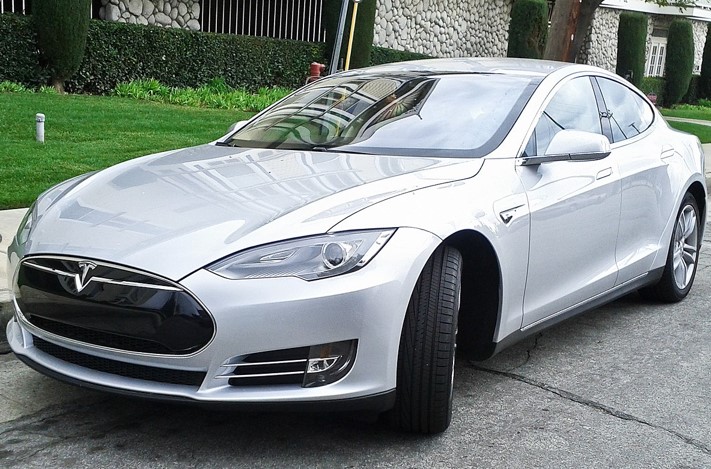
The Model S Performance takes the combination of convenience, power, and efficiency to new heights, setting remarkable standards for electric vehicles. With its astounding acceleration capabilities, this car can reach speeds of up to 60 mph (100 km/h) in less than 2.5 seconds, providing an exhilarating driving experience. Furthermore, it offers an impressive range of up to 400 miles (652 km) on a single charge, ensuring long-distance journeys without the need for frequent recharging.
This Tesla EV goes beyond its exceptional performance by prioritizing passenger comfort and versatility. Inside its cabin, this vehicle comfortably accommodates five adult passengers and two children, making it an ideal choice for families or group travel. The addition of an all-wheel-drive system further enhances its capabilities, allowing you to confidently conquer any road condition, be it slippery surfaces or challenging terrain. The Model S Performance truly embodies the perfect balance of speed and adaptability, leveling up what electric vehicles can offer.
Lotus Esprit
Perhaps the most intriguing addition to Elon Musk’s garage is the famous Lotus Esprit submarine car from the James Bond film “The Spy Who Loved Me.” Musk, an avid James Bond fan, purchased the iconic vehicle in 2013. While it may not be for a daily drive, it reflects Musk’s adventurous side.
The legendary Lotus Esprit, produced by British manufacturer Lotus Cars, showcases a combination of sleek design, exhilarating performance, and agile handling. Its distinctive appearance sets the vehicle apart from other sports cars, featuring a low-slung profile and aerodynamic body lines that convey a sense of speed even at a standstill.
Under the hood, the Lotus Esprit offers a range of powerful engines that deliver impressive performance. From turbocharged four-cylinder engines to V8 motors, the Esprit provides great acceleration and a fantastic driving experience.
The interior of the Lotus Esprit is focused on the driver, providing a cockpit-like environment with supportive seats, intuitive controls, and clear visibility. Despite its sports car nature, the Esprit offers a level of comfort and refinement that allows for enjoyable long-distance driving.
Tesla Cybertruck
Let’s now turn our attention to the most unusual vehicle in Elon’s garage, the 2020 Tesla Cybertruck. This vehicle appears to have arrived from the future to demonstrate that technological possibilities are limitless.
The Tesla Cybertruck is a cutting-edge all-electric pickup truck that challenges conventional automotive design. Its body is made of ultra-hard 30X cold-rolled stainless steel, which guarantees exceptional durability and resistance to any damage. The Cybertruck has an impressive performance, with 0-60 mph (0-100 km/h) acceleration in as little as 2.9 seconds and a towing capacity of up to 14,000 pounds (6.35 t).
The Cybertruck’s spacious interior can seat up to six passengers and is outfitted with cutting-edge technology and luxurious touches. The Tesla Cybertruck is set to revolutionize the pickup truck industry with its cutting-edge design, robust capabilities, and commitment to sustainability.
Summing Up
Elon Musk’s garage showcases his passion for cutting-edge technology, sustainability, and automotive excellence. His automotive preferences, including his own creations at Tesla, classic sports cars, and even a famous movie prop, reflect his diverse interests and vision for the future. Through his innovative electric vehicle ventures, Musk hasn’t only pushed the automotive industry forward but also inspired a global shift toward sustainable transportation.
Read Also:













